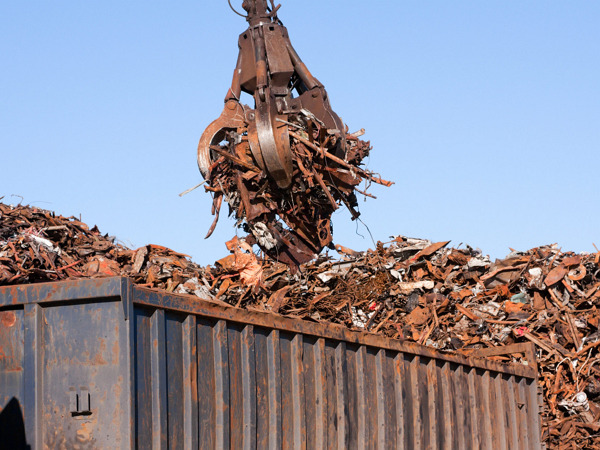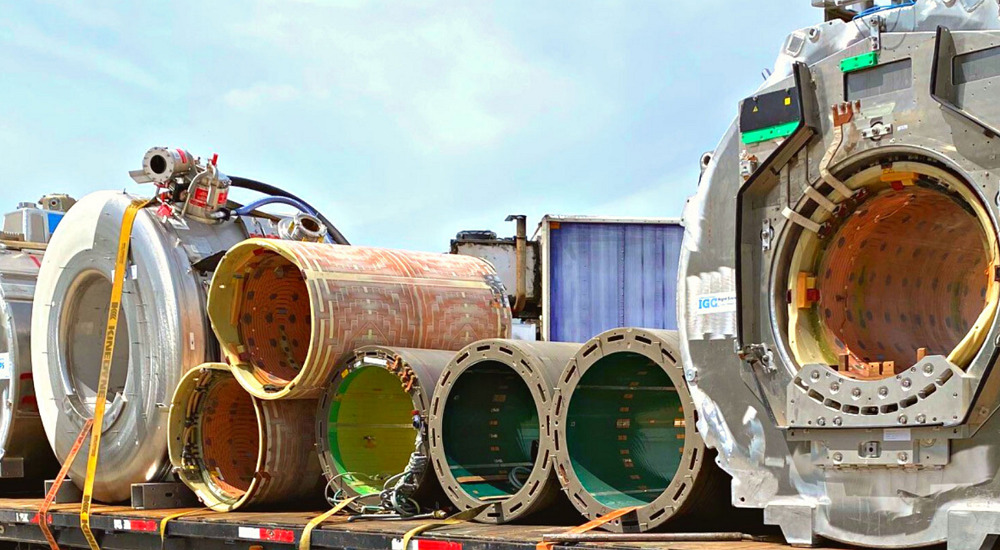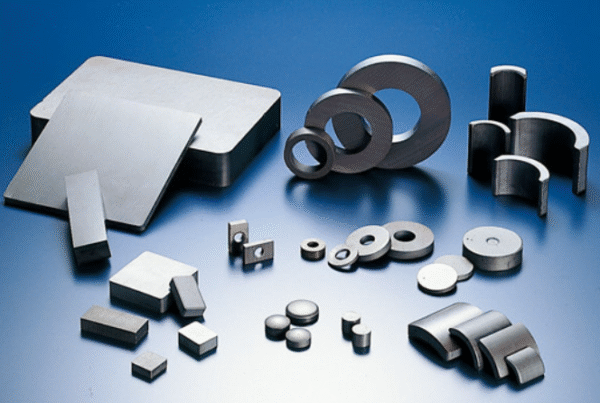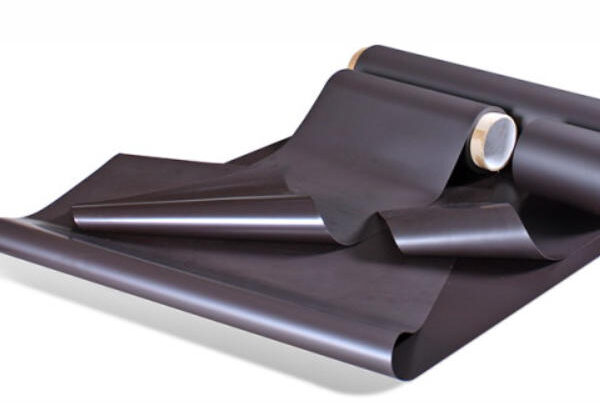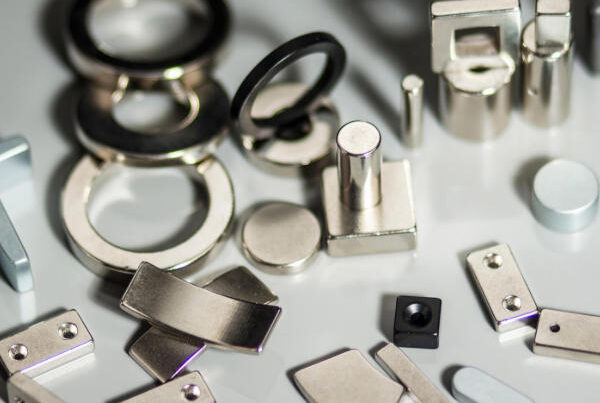持続可能な開発の概念がより一般的になったので, resource recycling has become an important link in industrial production that cannot be ignored. Among many materials, 磁石, especially permanent magnets (NDFEB磁石など), are widely used in motors, 風力発電, 家電, medical devices and other fields.
So the question is: Can magnets be infinitely recycled?
- Composition and recyclability of magnets
The common magnets we have are mainly the following:
ネオジム磁石: the strongest magnetic force and the most widely used.
Samarium cobalt magnets (SMCO): high temperature and corrosion resistance, suitable for high-end equipment.
フェライト磁石: low cost, commonly used in household appliances.
Aluminum nickel cobalt magnets (アルニコ): high mechanical strength and stable magnetism.
その中で, NdFeB and SmCo magnets are rare earth permanent magnet materials, containing precious rare earth elements such as neodymium (nd), ジスプロシウム (dy), and samarium (sm). These materials themselves can be recycled and have high recycling value.
- Can magnets be recycled “infinitely”?
In theory, the material of the magnet itself is recyclable, but “infinite recycling” has certain limitations in reality:
(1) Magnetic attenuation problem
During the use of magnets, the magnetism may decay or fail due to factors such as high temperature, strong impact, and corrosion. Although its metal material can be recycled, the magnetism cannot be restored and needs to be re-sintered or reprocessed.
(2) Physical wear and loss
After long-term use, the magnet may break or wear, resulting in partial material loss. Mechanical and chemical losses will also occur during the recycling process.
(3) Complex recycling process
Especially for NdFeB magnets, the preparation process is complex, and recycling involves demagnetization, separation, purification, and reprocessing. The technical barriers are high and the cost is high.
(4) Pollution and impurity impact
If the magnet is mixed with other metals or plastics during use, or has a coating on the surface (such as nickel plating), impurities are easily introduced during the recycling process, affecting the quality of remanufacturing.
- Current status and development of magnet recycling
At present, countries around the world are vigorously promoting the recycling of rare earth resources, especially the extraction of permanent magnet materials from scrapped electronic products, automotive motors and wind turbines.
Emerging “green recycling technologies” are constantly developing, のような:
Hydrometallurgical extraction of rare earth elements
Physical crushing + 磁気分離
Direct regeneration method (direct reuse of magnetic powder)
These technologies help improve recycling efficiency, reduce environmental pollution, and make the “recycling” of magnets more feasible.
- 将来の見通し: Create a circular economy for magnets
Although magnets cannot truly achieve “infinite recycling” at present, through technological progress and policy promotion, we are gradually moving towards a new stage of “efficient recycling + high-value reuse”.
As a member of the permanent magnet industry, we advocate:
Consider recyclability at the product design stage
Strengthen the construction of recycling channels for old magnets
Adopt environmentally friendly recycling processes
Improve users’ awareness of magnet recycling
要約すれば, we can know that although magnets cannot be “infinitely recycled”, their materials have high recycling potential. We hope to achieve efficient regeneration of permanent magnetic materials through reasonable design, scientific recycling technology and users’ environmental awareness, and contribute to the development of green industries.


